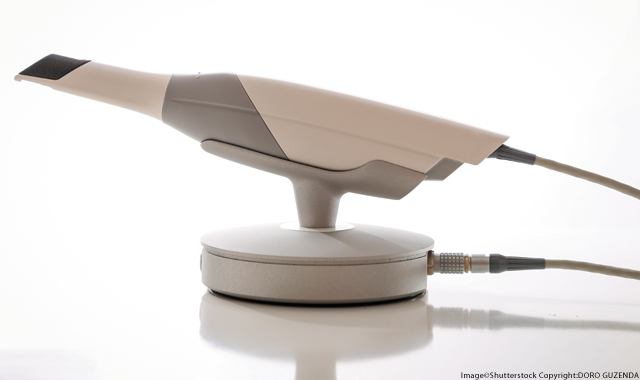Top 5 reasons your lab loves intraoral scanners
Intraoral scanners are only growing in value-particularly for labs.As the market adoption rate of intraoral scanners grows, clinicians and laboratories are finding added value to the use of digital technology. While some benefits of intraoral scanning, such as accuracy and speed, are more evident, other benefits are not as apparent.Here are a few reasons your laboratory loves intraoral scans.

As the market adoption rate of intraoral scanners grows, clinicians and laboratories are finding added value to the use of digital technology. While some benefits of intraoral scanning, such as accuracy and speed, are more evident, other benefits are not as apparent.
Here are a few reasons your laboratory loves intraoral scans.
The lab becomes a resource
As clinicians begin to consider digital technology for their practices, labs are reinforcing just how valuable a resource they can be for their doctors. Leading labs have been using digital technology for over a decade and have a greater understanding of the differences between the different scanners on the market, helping clinicians to seamlessly implement new technology.
Each intraoral scanner has a slightly different workflow. These differences can drastically change when a doctor chooses to use the technology or goes back to an analog workflow for a given case. Labs will have their favorite scanners that work well with the lab CAD/CAM system. Often having an open system doesn’t mean that the files can be used by anyone at any time, but rather someone must pay extra fees to be able to use or even have access to the files. I recommend clinicians speak to their labs to make sure the introduction of an expensive piece of equipment will provide the benefits advertised.
Related reading: 5 questions you need to ask before buying an intraoral scanner
Accuracy
Intraoral scanners provide unparalleled accuracy when compared to traditional impressions. Dimensional accuracy of intraoral scan data has progressed to the point of counting microns. Accuracy measurements from high-end intraoral scanners are about 6.9 μm, whereas traditional impressions range just under 40 μm on an acrylic tooth model. This accuracy helps the restorative team in several ways. The clinician will see reduced chairtime as the restorations will fit better. The restorative team will appreciate that intraoral scans have shown to bring down the industry wide remake percentage from an approximately 4 percent remake down to under 1 percent. This decrease in remakes helps all aspects of the dental field. Obviously, the clinician is being paid for the time they have patients in the chair and the lab is not making free crowns, so everyone benefits. Further, labs are also happy with some of the newer scanners that have shade taking capabilities, resulting in fewer restorations coming back for shade adjustments.
Speed/turnaround time
The ability for the lab to access intraoral scan data within minutes of the scan being sent allows for the lab to start the case before a traditional impression would even arrive at the lab. When questions on the quality of the scans arise, the office can call the lab to check the scans. This can potentially eliminate the need for extra appointments due to unsatisfactory impressions. The bigger benefit of the speed of file transfer is that turnaround time can be decreased for restorative cases, or for labs with a set turnaround time, this will give them more time to work with the case.
Trending article: Streamlining the workflow with CAD/CAM dentistry
Expanded workflows
With digital case communication, the process of planning for more complex cases becomes more predictable. Take, for example, a case with an implant. The surgery could be planned virtually with ideal implant placement leading to better restorative options, and the possibilities of custom provisional options delivered at time of surgery. Labs are assisting doctors with the planning for implants. As a lab technician, the more planning that goes into a case prior to the restorative phase the better. For crown and bridge cases, this planning may include a diagnostic wax-up. Modern dental labs have more manufacturing options, so these diagnostic wax-ups can be done by digitally creating files that can be accessed and used when the case comes back for restorations.
Communication
The biggest advantage of digital impressions is the increased communication between the lab and clinician. This expanded communication encompasses everything I have previously covered. For more complex implant cases, the entire team (surgeon, restorative doctor and technician) can start to examine and decide what options are going to be the best for the patient. Location is no longer an obstacle. Sharing of files, even on a smartphone, is easy and accessible from almost anywhere. Far too often the lab technicians feel left out of the discussion when looking at restorative options.